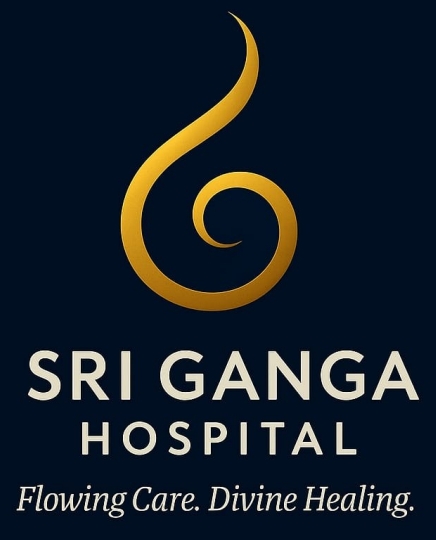Stroke is a serious medical emergency that affects millions of people worldwide. Learning interesting facts on stroke can help you spot the signs early and take steps to protect yourself and your loved ones. Because stroke can happen to anyone, knowing the basics is important for everyone. In this blog, you will find stroke awareness tips, stroke prevention facts, and much more.
What Is a Stroke?
A stroke happens when blood flow to part of the brain stops. This can damage brain cells quickly. There are two main types of stroke:
Sometimes, people have a “mini-stroke” or transient ischemic attack (TIA). Although symptoms go away quickly, a TIA is a warning sign and needs medical attention.
Surprising Stroke Statistics
Stroke is more common than many people think. Here are some key stroke statistics from the World Health Organization (WHO) and the Centers for Disease Control and Prevention (CDC):
Clearly, stroke can affect anyone, regardless of age or background.
Common and Uncommon Stroke Symptoms
Knowing stroke symptoms can save lives. Most people know the common signs, but some symptoms are less obvious. Here are both:
However, some uncommon symptoms include sudden nausea, hiccups, or chest pain. If you notice any of these signs, call emergency services right away.
Key Risk Factors for Stroke
Many things can raise your risk of stroke. Some you can control, while others you cannot. Here are the main risk factors:
Because some risk factors can be changed, making healthy choices is important for stroke prevention.
Prevention: What You Can Do
Although you cannot control every risk factor, you can lower your chances of having a stroke. Here are some stroke prevention facts and tips:
By making these changes, you can greatly reduce your stroke risk.
Recovery and Rehabilitation Facts
After a stroke, recovery can take time. But many people improve with the right care. Here are some important facts:
Because every stroke is different, recovery plans should be tailored to each person.
Myths and Misconceptions About Stroke
There are many myths about stroke. Here are some common ones, along with the facts:
Because of these myths, it is important to know the real facts about stroke.
Quick Tips for Stroke Awareness
Raising stroke awareness can save lives. Here are some quick tips to remember:
Because every second counts during a stroke, acting fast is vital.
In summary, knowing interesting facts on stroke can help you stay safe and informed. Consult a healthcare professional for personalized advice on stroke prevention and care.



